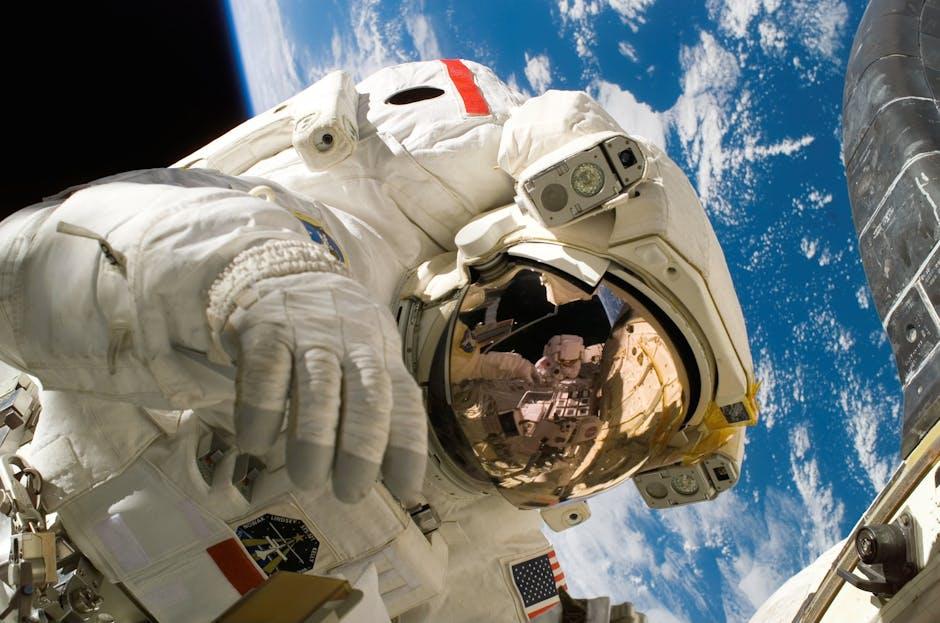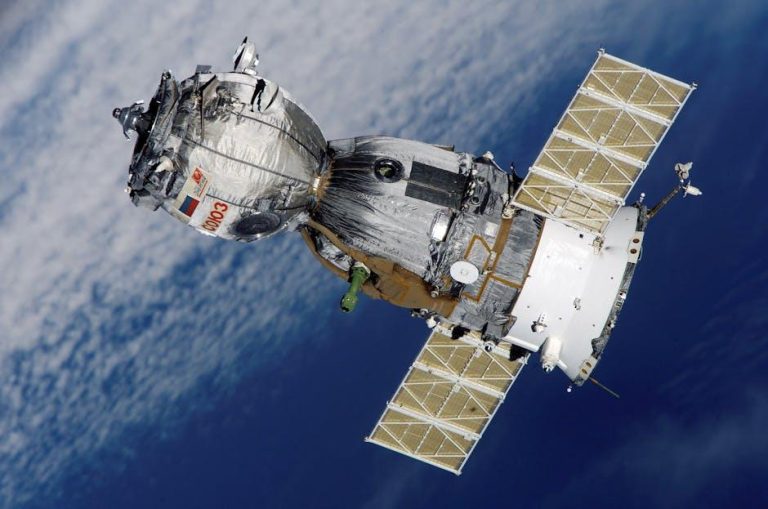
Space Technology Now Being Used to Make Dental Implants Faster, Less Invasive for Patients – FOX 35 Orlando
Recent innovations in dental technology are transforming how dental implants are performed — with a surprising source of inspiration: space exploration. FOX 35 Orlando recently highlighted these cutting-edge advancements, revealing how space technology originally designed for NASA is now being utilized to make dental implants faster, safer, and less invasive for patients. In this article, we’ll dive deep into how these innovations work, the benefits, and what this means for the future of dental care.
The Intersection of Space Technology and Dentistry
Space technology is renowned for its precision, durability, and ability to perform under extreme conditions. Scientists and engineers have adapted this technology to dental implantology, applying materials science, 3D imaging, and robotic-assisted tools derived from space programs to enhance oral surgery.
- Advanced 3D imaging: Inspired by satellite imaging, dentists use highly detailed 3D scans to assess jawbone density and nerve locations with unprecedented precision.
- Robotic-assisted surgery: Utilizing robotic arms developed for space missions, surgeons can perform highly precise implant placements, minimizing human error.
- Bio-compatible materials: NASA-developed materials resistant to extreme environments have been repurposed to create dental implants that integrate faster and last longer.
How Space Tech Speeds Up Dental Implants
Traditional dental implants can require months of healing and multiple invasive procedures. Space technology accelerates this process in several ways:
- Enhanced Imaging & Planning: 3D imaging allows for perfect pre-surgical planning, reducing surgery time and eliminating trial-and-error adjustments.
- Precision Drilling & Placement: Robotic tools place implants with exact millimeter accuracy, reducing tissue trauma.
- Rapid Osseointegration: New implant coatings derived from space-grade materials promote quicker bone bonding, shortening healing times.
Benefits of Using Space Technology in Dental Implants
The integration of space technology offers numerous advantages to patients and dentists alike:
| Benefit | Description |
|---|---|
| Faster Procedure Time | Advanced imaging and robotics reduce surgery duration by up to 40%. |
| Less Invasive Surgery | Minimized tissue damage leads to quicker recovery and less discomfort. |
| Improved Implant Longevity | Space-grade bio-materials resist wear and integrate better with bone. |
| Higher Success Rates | Precision placement greatly lowers the risk of implant failure. |
Real Life Impact: Case Studies & Patient Experiences
FOX 35 Orlando featured compelling patient testimonials and expert insights from local dental clinics implementing space-based dental technology. Through these examples, it’s evident that patients are benefiting from less pain, shorter appointments, and faster return to daily activities.
Case Study Snapshot
Patient: Sarah M., 42 years old
Issue: Multiple missing teeth requiring implants
Procedure: Robotic-assisted implant placement coupled with NASA-derived coatings
Outcome: Procedure time cut by 50%, recovery in one week vs. typical 4-6 weeks
“I was nervous at first, but the high-tech equipment made me feel confident. The recovery was much easier than I expected. I was back to work in no time!” – Sarah M.
Practical Tips for Patients Considering Dental Implants
- Research your dentist’s technology: Look for clinics utilizing advanced 3D imaging and robotic assistance.
- Ask about materials: Inquire if space-grade or bio-compatible implants are used for longer durability.
- Prepare for a quicker recovery: Follow aftercare instructions, but anticipate less downtime than traditional implants.
- Check insurance coverage: Some advanced procedures may have different coverage terms.
The Future of Dental Implants: Beyond Space Tech
As space technology continues to evolve, its applications in dentistry are only beginning. Researchers are exploring:
- AI-guided implantology: Artificial intelligence to optimize implant placement and predict outcomes.
- Bioprinting: 3D printing of bone and tissue materials to reduce implant dependence.
- Smart implants: Embedded sensors to monitor oral health instantly.
These future innovations promise an even less invasive, faster, and more personalized dental implant experience.
Conclusion
The marriage of space technology and dentistry is a shining example of how innovations from one field can revolutionize another. Thanks to breakthroughs spotlighted by FOX 35 Orlando, patients seeking dental implants now have access to faster, less invasive treatment with greater success rates. Whether you need a single implant or a full restoration, exploring dentists that utilize these advanced technologies may make your dental journey easier and more comfortable than ever before.
Embracing space technology in dental care represents a giant leap forward, bringing the future of oral health care down to Earth — right to your smile.


